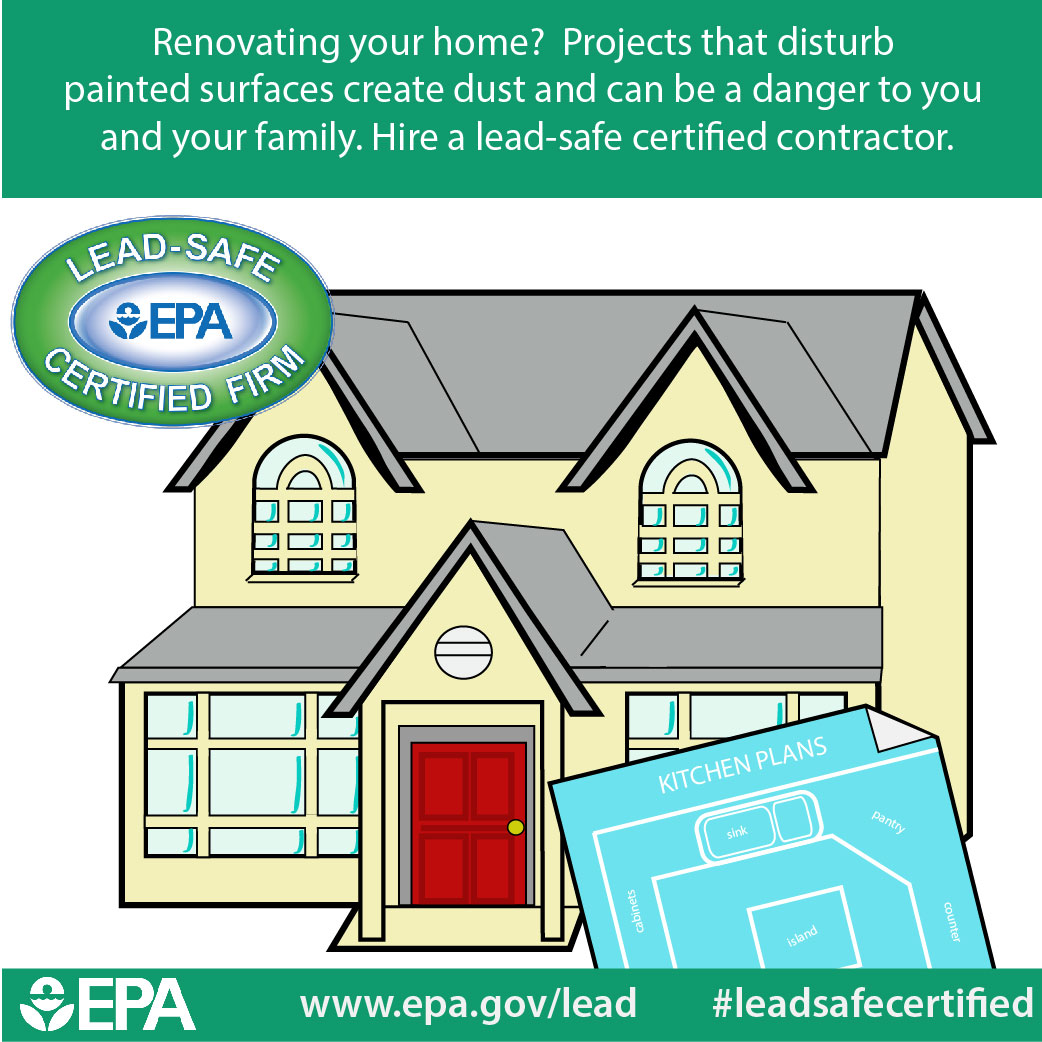Find Out Just How Seasonal Aspects Influence Business External Painting Success And Find The Very Best Times To Make Certain Long Lasting Results For Your Project
Find Out Just How Seasonal Aspects Influence Business External Painting Success And Find The Very Best Times To Make Certain Long Lasting Results For Your Project
Blog Article
Post Created By-Burnham Decker
When you're intending an industrial exterior painting project, seasonal aspects can make or break your outcomes. You'll intend to consider just how temperature level and moisture impact paint application and drying times. Choosing the right season can ensure your paint sticks appropriately and lasts much longer. Yet which periods are absolutely the very best for this sort of job? Let's explore just click the up coming web site that can affect your task's success.
The Impact of Temperature on Paint Application
When you're planning a business exterior paint project, the temperature can considerably impact just how well the paint adheres and dries out.
Ideally, you intend to repaint when temperatures range between 50 ° F and 85 ° F. If it's also cold, the paint may not cure appropriately, bring about issues like peeling or splitting.
On the other hand, if it's too warm, the paint can dry as well rapidly, avoiding proper bond and resulting in an unequal coating.
You must also take into consideration the time of day; early morning or late afternoon offers cooler temperature levels, which can be a lot more beneficial.
Always examine the maker's recommendations for the specific paint you're utilizing, as they usually offer guidance on the excellent temperature level array for optimal results.
Moisture and Its Effect on Drying Times
Temperature isn't the only ecological variable that affects your industrial external paint task; moisture plays a considerable function too. High moisture degrees can slow down drying out times significantly, impacting the total top quality of your paint job.
When the air is filled with wetness, the paint takes longer to cure, which can cause concerns like inadequate attachment and a greater threat of mildew development. If you're painting on a specifically moist day, be planned for prolonged wait times between layers.
It's essential to check neighborhood climate condition and plan appropriately. Ideally, go for https://emilianoryflq.blogs100.com/35553393/discover-important-ideas-and-devices-for-your-following-commercial-outside-paint-job-that-can-make-all-the-difference-in-your-results in between 40% and 70% for ideal drying.
Maintaining these consider mind ensures your task remains on track and supplies a long lasting surface.
Best Seasons for Commercial Exterior Painting Projects
What's the best time of year for your commercial external painting jobs?
Spring and early autumn are normally your best options. During these seasons, temperatures are light, and moisture levels are commonly reduced, creating optimal conditions for paint application and drying out.
Stay clear of summer's intense heat, which can trigger paint to completely dry as well swiftly, causing inadequate adhesion and surface. In a similar way, wintertime's cold temperatures can hinder correct drying out and healing, taking the chance of the longevity of your paint work.
Aim for days with temperatures between 50 ° F and 85 ° F for ideal outcomes. Remember to examine the neighborhood weather prediction for rain, as damp conditions can ruin your project.
Planning around these aspects guarantees your paint task runs smoothly and lasts much longer.
Final thought
Finally, preparing your commercial external painting projects around seasonal considerations can make a considerable difference in the outcome. By scheduling job during the perfect temperatures and humidity levels, you'll ensure better attachment and drying times. Remember to watch on regional weather forecasts and choose the right time of year-- springtime and very early autumn are your best bets. Taking these actions will help you achieve a resilient and expert finish that lasts.
